It has been 48 years since the liberation of the South and the reunification of the country, but the ingenuity of our Party and our army in choosing Buon Ma Thuot as the starting point of the 1975 Spring General Offensive and Uprising campaign has caused the enemy to go from tactical mistakes to strategic mistakes, leading to complete and rapid defeat on the entire Southern battlefield. The "Buon Ma Thuot attack" can be considered a dangerous attack that our army has delivered to the enemy's vital points, making it impossible for them to recover.
The art of setting position and creating force
According to the story of General Van Tien Dung - former member of the Politburo, Minister of National Defense in the book "Great Spring Victory" , the Politburo and the Central Military Commission, when discussing the strategic battle plan in 1975, the issue of choosing the main battlefield was raised and carefully considered. Among the enemy's military regions, they arranged their forces in a "strong on both ends" position. In Military Region 2 (including the Central Highlands), they only had 2 main divisions, and had to spread out to both hold the Central Highlands provinces and protect the coastal provinces of South Central Vietnam from Binh Dinh to Binh Thuan .
After carefully analyzing all aspects of position and strength, terrain, and strategy, the Central Committee unanimously approved the plan of the General Staff, choosing the Central Highlands battlefield as the main battlefield in the large and widespread offensive in 1975. Liberating Buon Ma Thuot would create a springboard to liberate the entire Central Highlands and the coastal plains of the Central region, opening up an important direction of attack on Saigon.
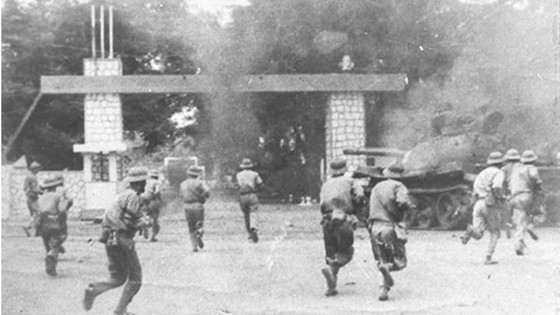
The Liberation Army captured the headquarters of the puppet 23rd Division in the battle of Buon Ma Thuot, March 1975.
Previously, the Politburo and the Central Military Commission had directed that it was necessary to immediately promote the organization of mobile corps directly under the General Command. Therefore, from October 1973 onwards, the corps were established one after another, with all the technical components, great assault power, high mobility, more modern equipment than before, and were urgently trained. To ensure continuous combat power, with the ability to destroy enemy troops in campaigns for the divisions and corps, a large amount of military goods such as tanks, armored vehicles, missiles, long-range artillery, anti-aircraft artillery... were successively transferred to the battlefield.
One of the key issues of combined arms combat, vehicles, artillery, modern equipment requires a good transportation and mobility system. The strategic route East Truong Son was started to be built in 1973, completed in early 1975, connecting Highway 9 (Quang Tri) to the Southeast region, a feat of more than 30 thousand soldiers and Youth Volunteers. Including old and new, the length of this strategic and campaign route is up to more than 20 thousand km.
It is impossible to describe all the sacrifices, hardships, blood and sweat, harsh weather, bombs and bullets during the years our army cut through the mountains to open this road. So that when the campaign opened, large trucks, tanks, and heavy combat vehicles could run in both directions at high speed all four seasons, transporting hundreds of thousands of tons of goods to the battlefields.
Along with that is a 5,000km long pipeline system from Quang Tri through the Central Highlands, all the way to Loc Ninh, regardless of deep streams, high passes, and even mountain peaks over 1,000m high, capable of ensuring enough fuel for tens of thousands of vehicles of all kinds entering and leaving the battlefield.
In addition, the wired lines of the information troops were also installed, extending all the way to Loc Ninh (Tay Ninh) to ensure uninterrupted communication from Hanoi to the battlefields. Tens of thousands of young men from all over the country followed the call of the country and marched to battle.
A deadly blow hits a deadly point.
With the high consensus of the Central Committee, General Van Tien Dung - Chief of the General Staff of our Army was assigned to the Central Highlands with a number of experienced generals to establish the Central Highlands campaign command.
Thoroughly implementing the Politburo's directive, we had to strike a strategic blow in 1975 with the strategic target being the Central Highlands and the starting point being Buon Ma Thuot Town. Buon Ma Thuot is the largest town in the Central Highlands and a key position, but at this time, the enemy's forces were not very strong, and there were many loopholes. The further into the town, the thinner the forces became.
Because puppet Major General Phan Van Phu, Commander of Military Region 2 and Army Corps 2, always believed that the target that the liberation army would attack must be Pleiku, the most important frontier of the Central Highlands. Therefore, to further reinforce the enemy's mistaken assessment, we especially attached importance to the work of diversion and deception of the enemy in all aspects.
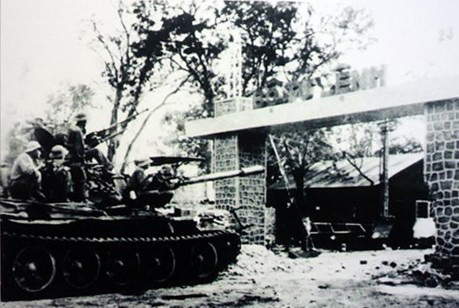
Tank 980 of the 273rd Armored Regiment, in the battle of Buon Ma Thuot.
First of all, to move the 10th and 320th divisions from their old positions that the enemy had long controlled, towards Buon Ma Thuot, we immediately ordered the 968th division, newly transferred from Laos, to “change its name” to 320. Although the division withdrew, all the intelligence officers remained in the same place, still used radios and codes, still transmitted reports at the prescribed time, the main content of which was to deceive the enemy. The entire telephone line was also kept intact, and daily contact was maintained. The old telephone network of all units of the 10th division was not used. Everything had to be communicated through the network of the 559th Division line.
The troops also had to keep the local ethnic people completely secret. They absolutely did not reveal any mistakes in the troop movement plan or the location of the troops. Diversionary telegrams were sent into the air, making the enemy not know the truth and not be able to respond.
Later, the American general Charles Timmes - President Thieu's advisor had to admit: "By using diversionary measures through radio waves, the Viet Cong succeeded in holding back the main part of the Republic of Vietnam's military forces in Military Region 2 and Pleiku" .
A colonel of the 316th Division recounted that, as a strategic reserve force of the Ministry of National Defense, stationed in Nghe An, the unit was ordered to march quickly to reinforce the battlefield. On the march of thousands of kilometers, the unit was not allowed to use radios and was absolutely forbidden to reveal its insignia. When crossing Highway 14, the troops had to spread mats across the road to prevent the enemy from discovering their footprints.
The task of bringing tanks and heavy artillery to the ferry and across the river must be absolutely safe, while also "covering the enemy's eyes and ears" , including reconnaissance planes, spies, or reconnaissance and patrolling troops, is a super art of deception by our army. The engineering corps built 365km of mountain roads, sawing tens of thousands of trees on the road in a way that the trees did not fall, remained standing, remained alive, and the leaves did not wither so that the enemy could not detect or show any suspicion. When our tanks took off, the engineering soldiers wore white scarves, held oil lamps and walked ahead to lead the way. Tens of thousands of fallen trees on both sides of the road (due to being sawed deep into the trunks and run over by tanks), creating a new road for our tanks to approach the target secretly at G-time. Perhaps the initiative of sawing trees and opening the road in this way is a pinnacle of military art that only exists in our army.
The enemy was attacked in a very unexpected situation, passively facing a very strong, elite force, with all the modern combined arms such as tanks and artillery of our army. Such a large town, with such a strong enemy force, we had finished it in just 23 hours. It was true that the strength and intelligence of our army made it impossible for the enemy to resist. The victory of the decisive battle of Buon Ma Thuot created a breakthrough in the campaign, from which the liberation of the Central Highlands led to a breakthrough in strategy, making the enemy fall into a state of extreme confusion in a larger "chain reaction" style, making them unable to resist, leading to complete collapse.
Due to mistakes in tactics and campaigns, being attacked too hard and unexpectedly by us, the enemy made strategic mistakes. The Saigon puppet government panicked and ordered a retreat from the Central Highlands, sending troops to the plains and coasts in order to preserve their forces and keep their land. But facing our army's "lightning-fast, daring" fighting style, in the end, all their plots and plans were completely ruined.
Khac Hien
Source


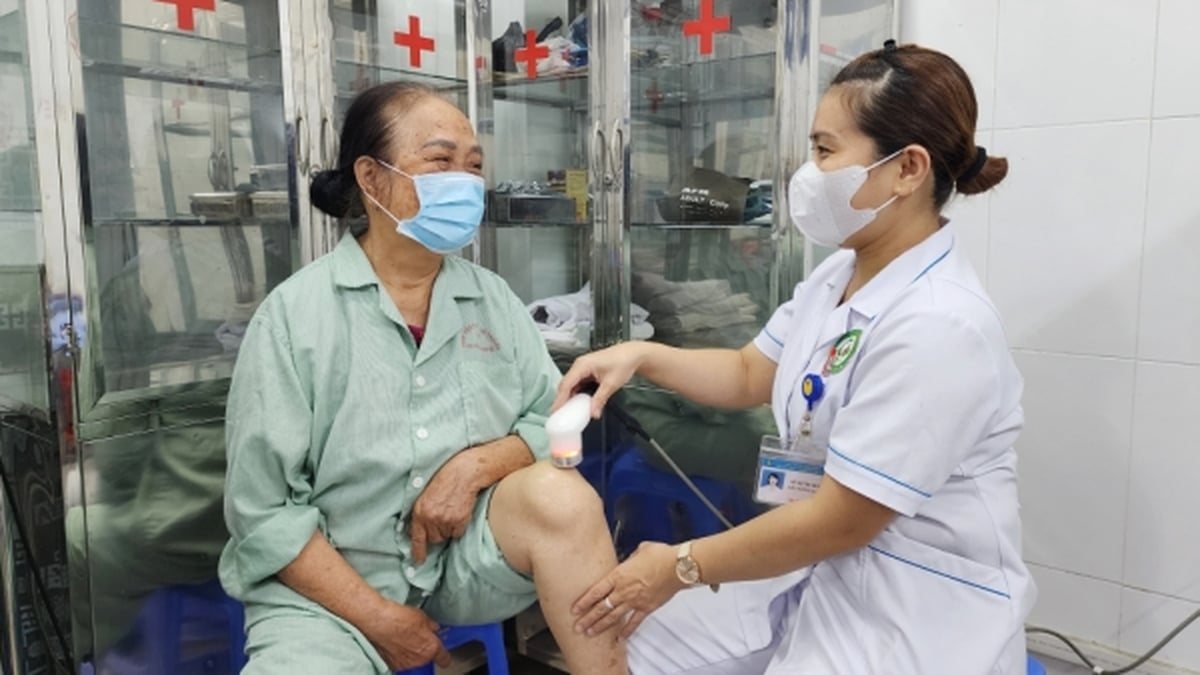
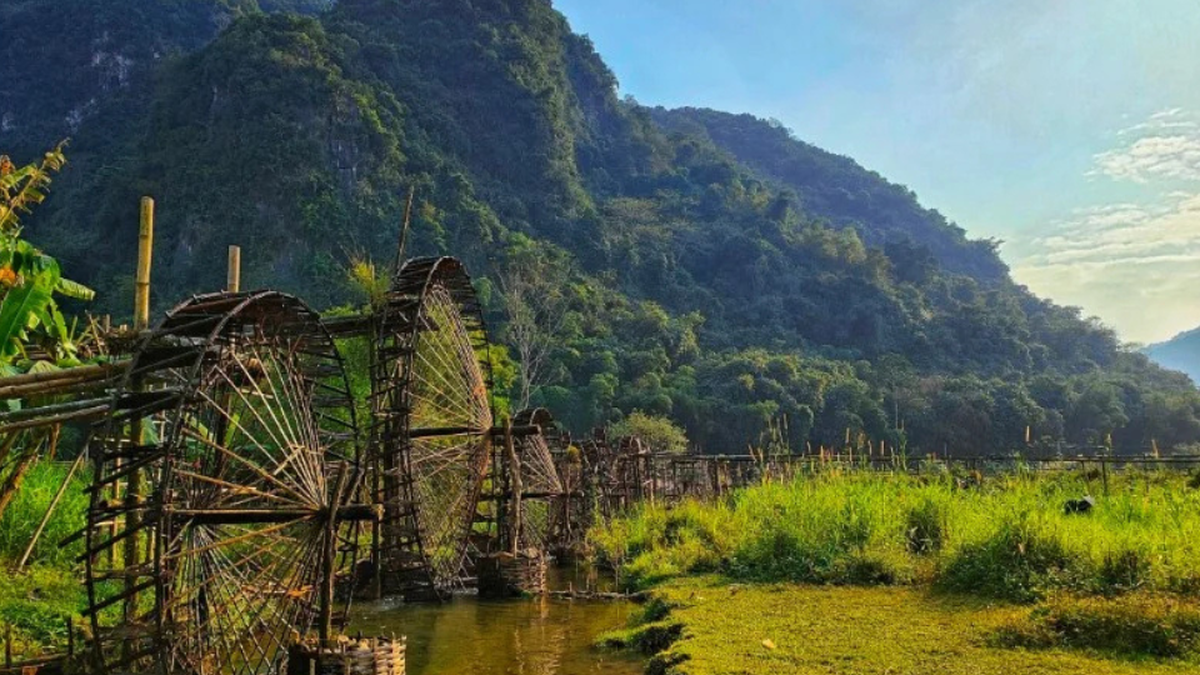
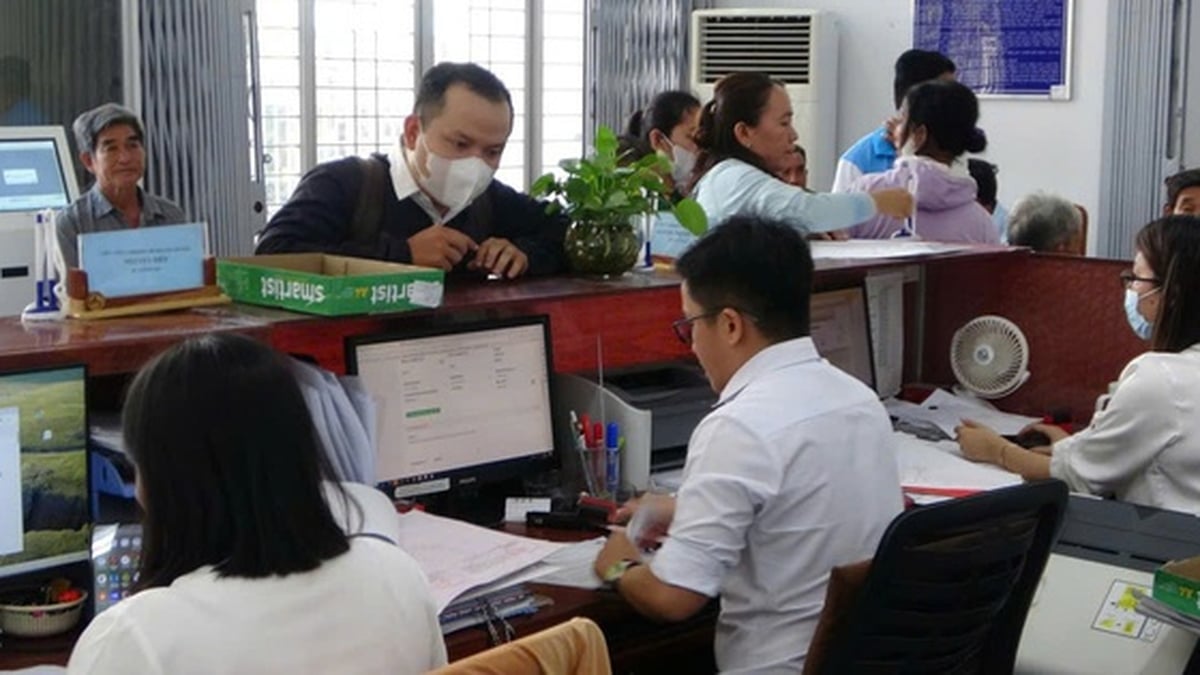
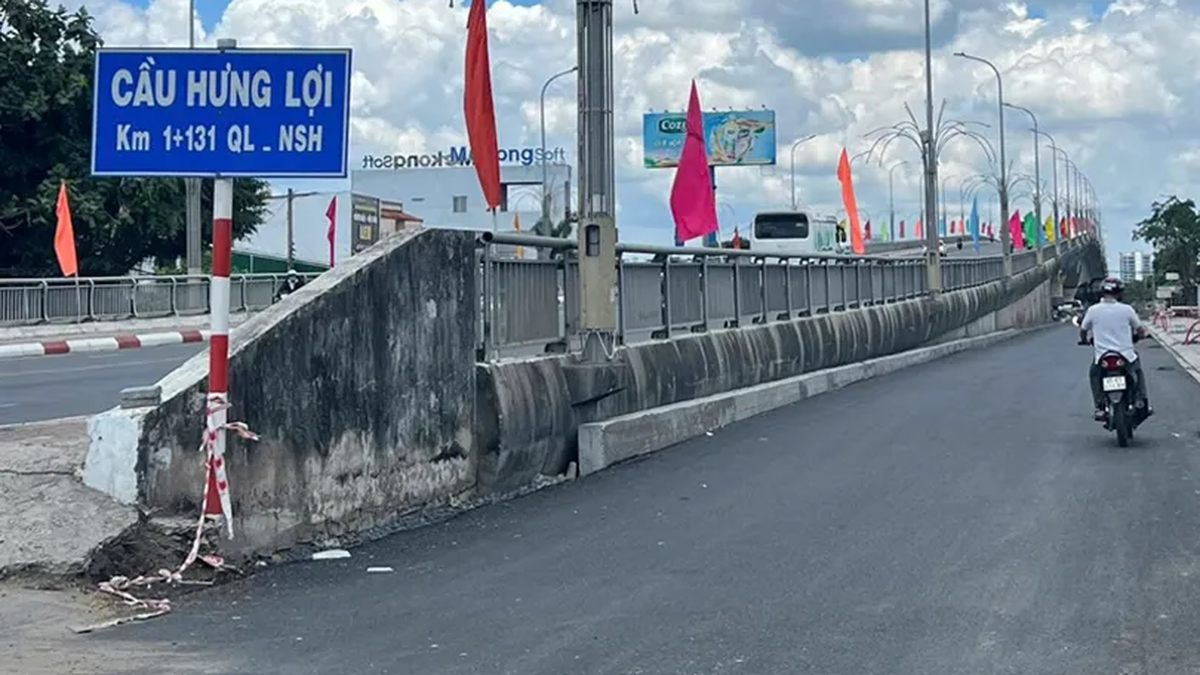
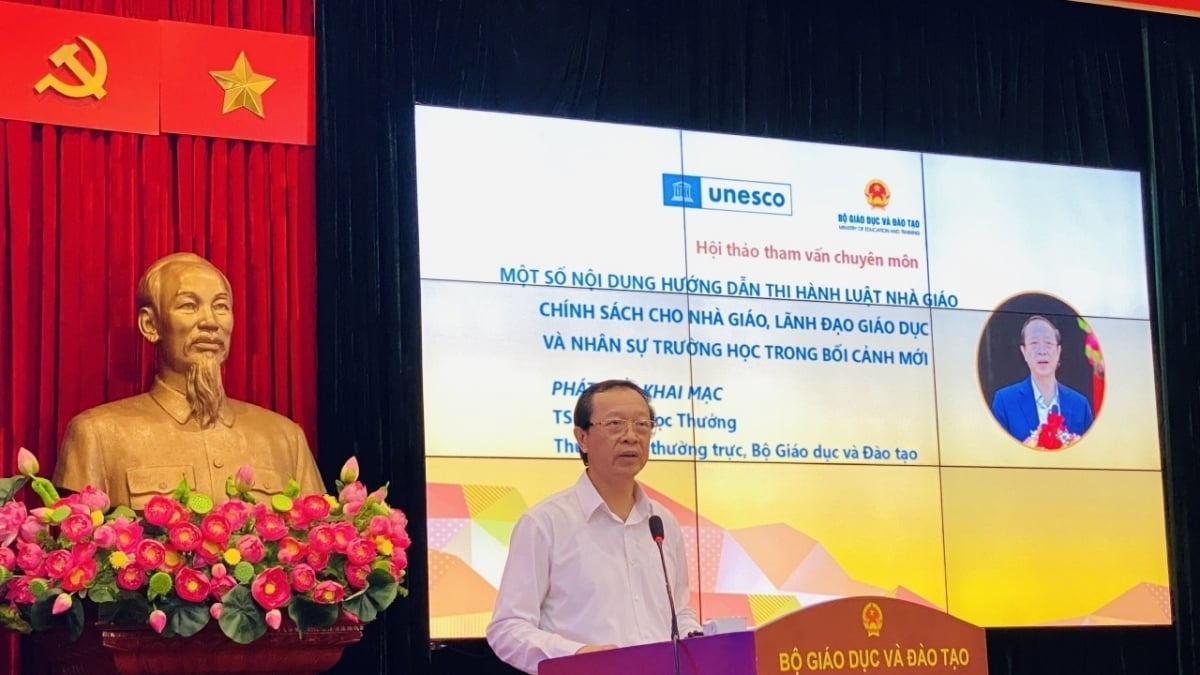


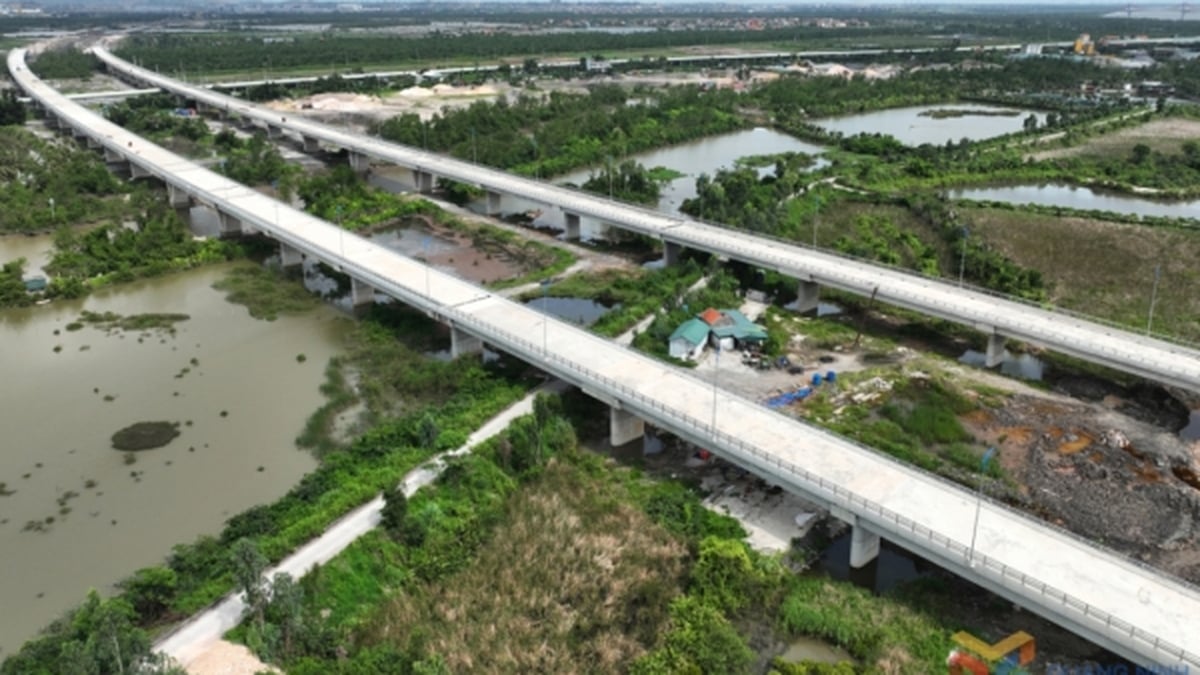
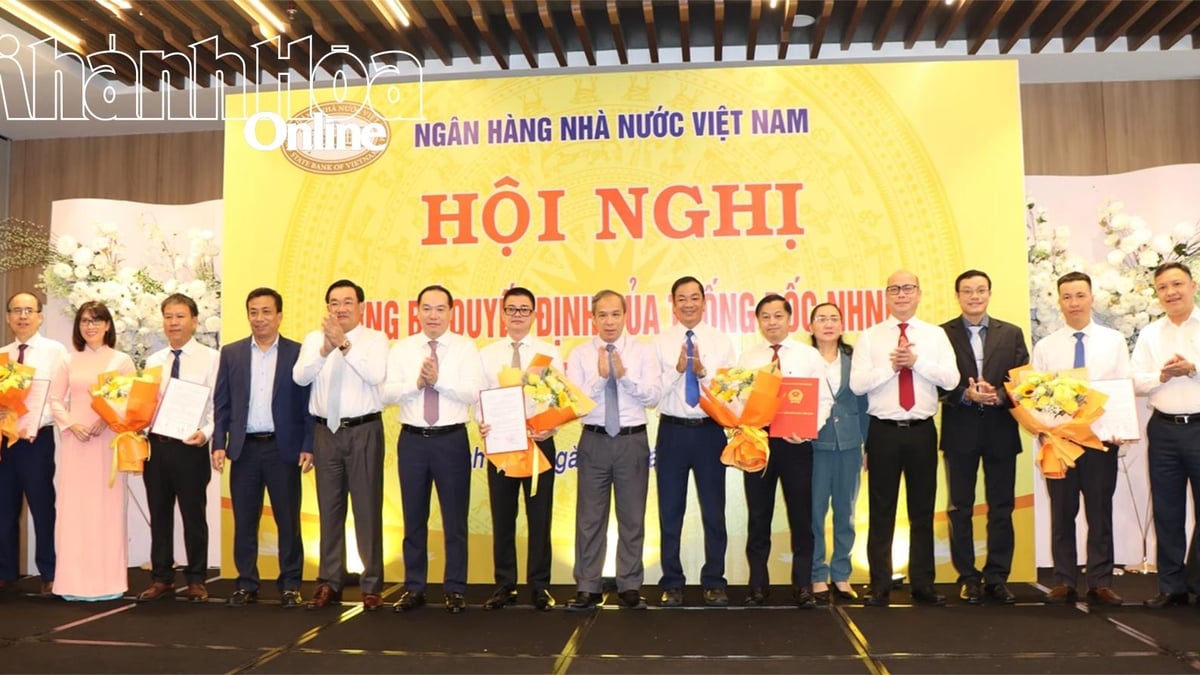










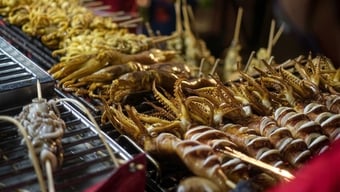





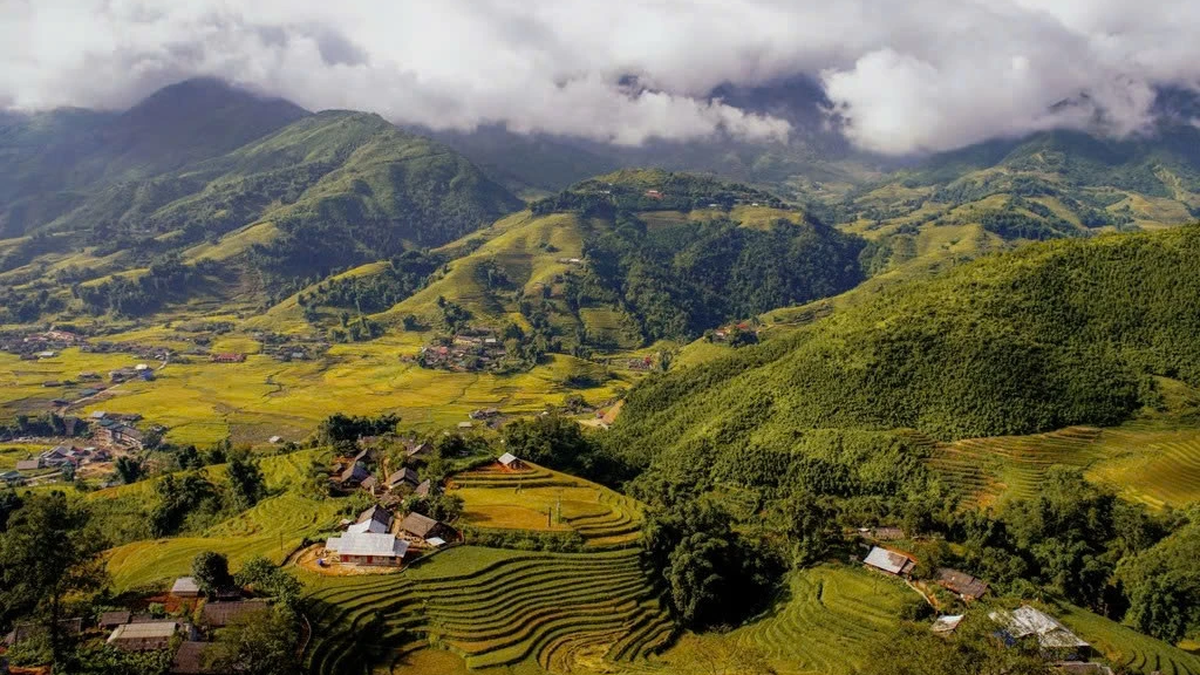






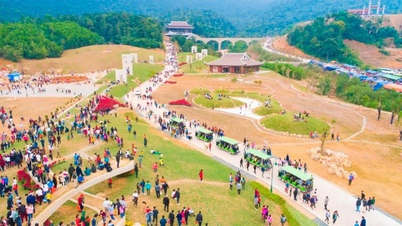

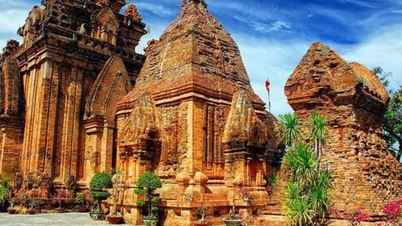



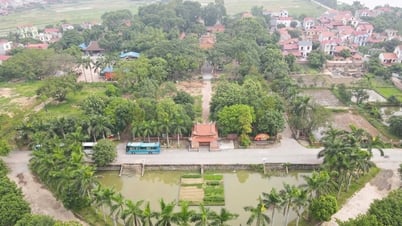



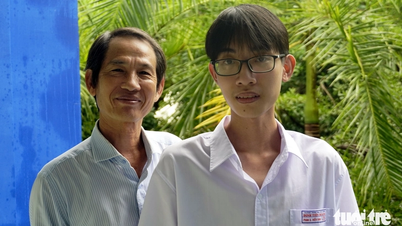








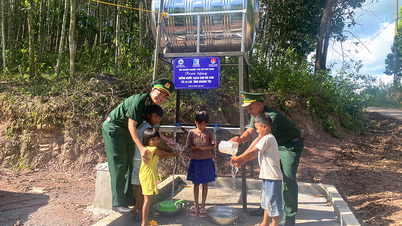


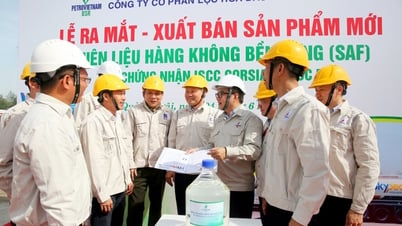



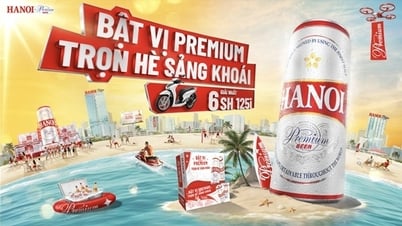

![[Maritime News] More than 80% of global container shipping capacity is in the hands of MSC and major shipping alliances](https://vphoto.vietnam.vn/thumb/402x226/vietnam/resource/IMAGE/2025/7/16/6b4d586c984b4cbf8c5680352b9eaeb0)



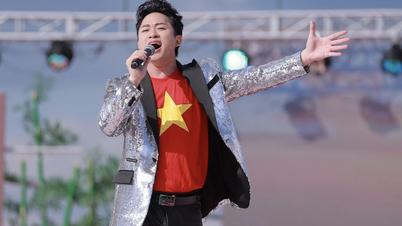
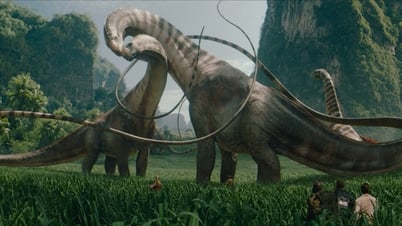

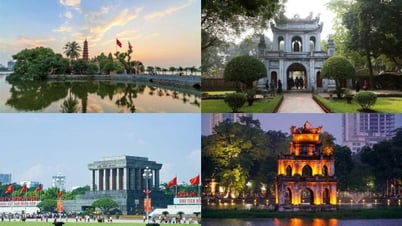

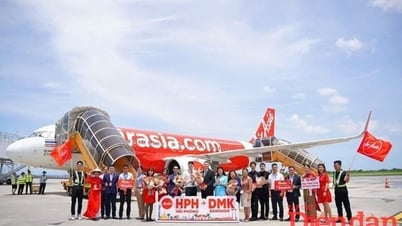

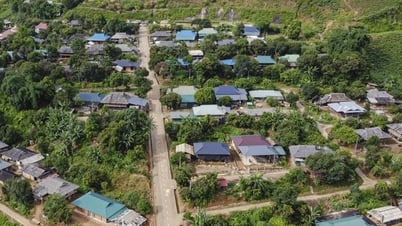
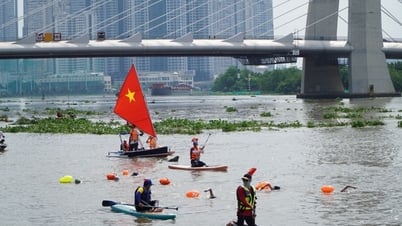
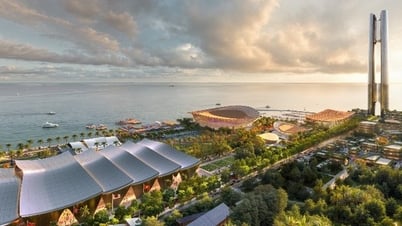
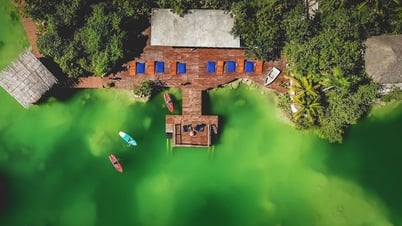
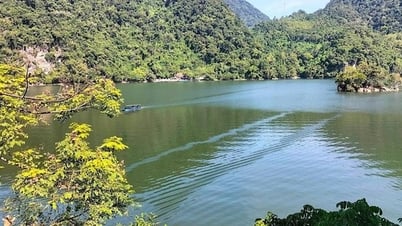







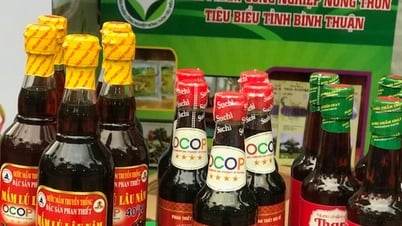

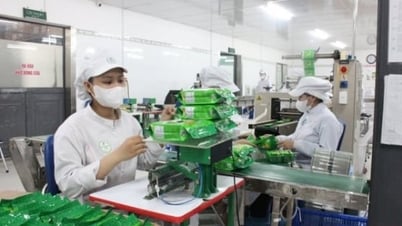



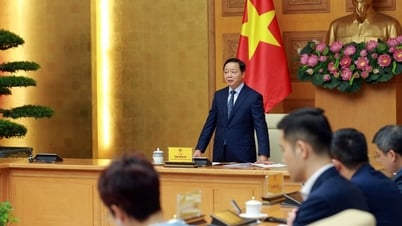

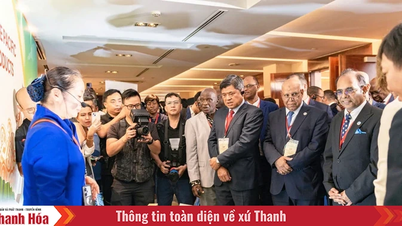

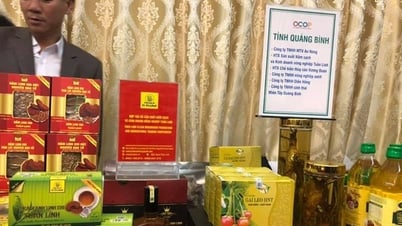


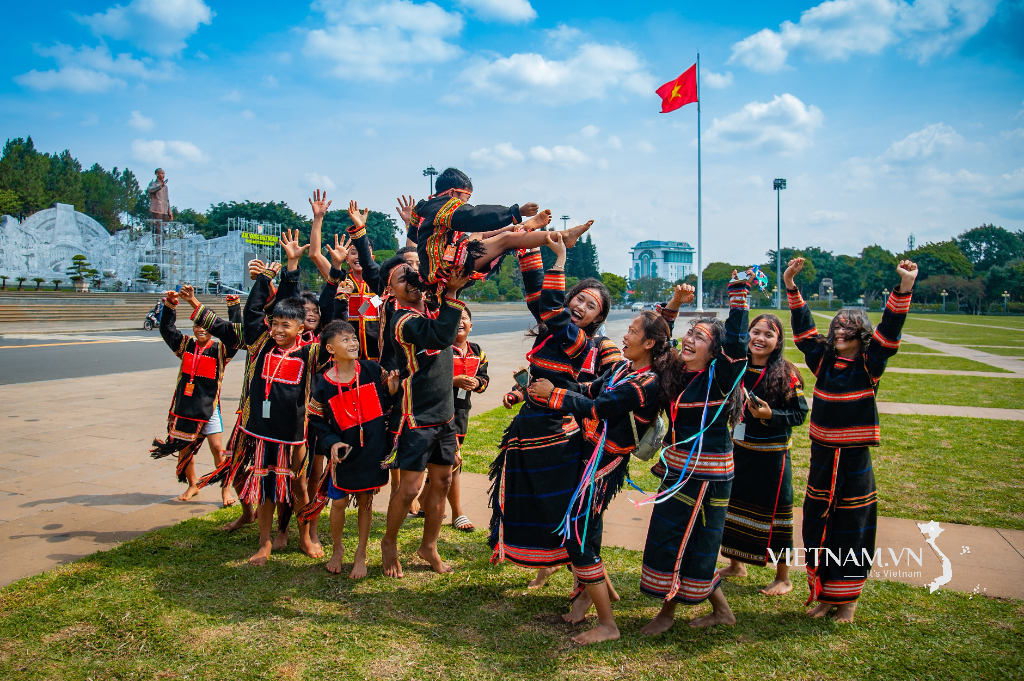

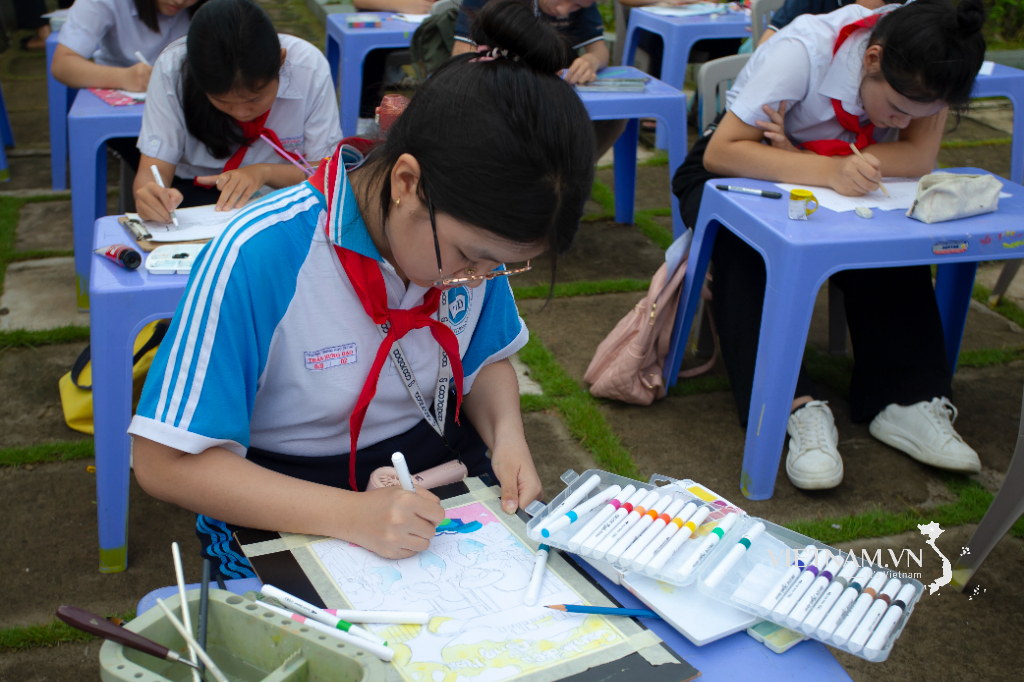
Comment (0)